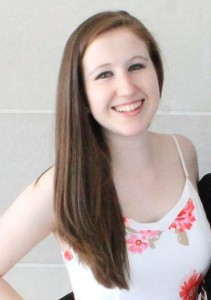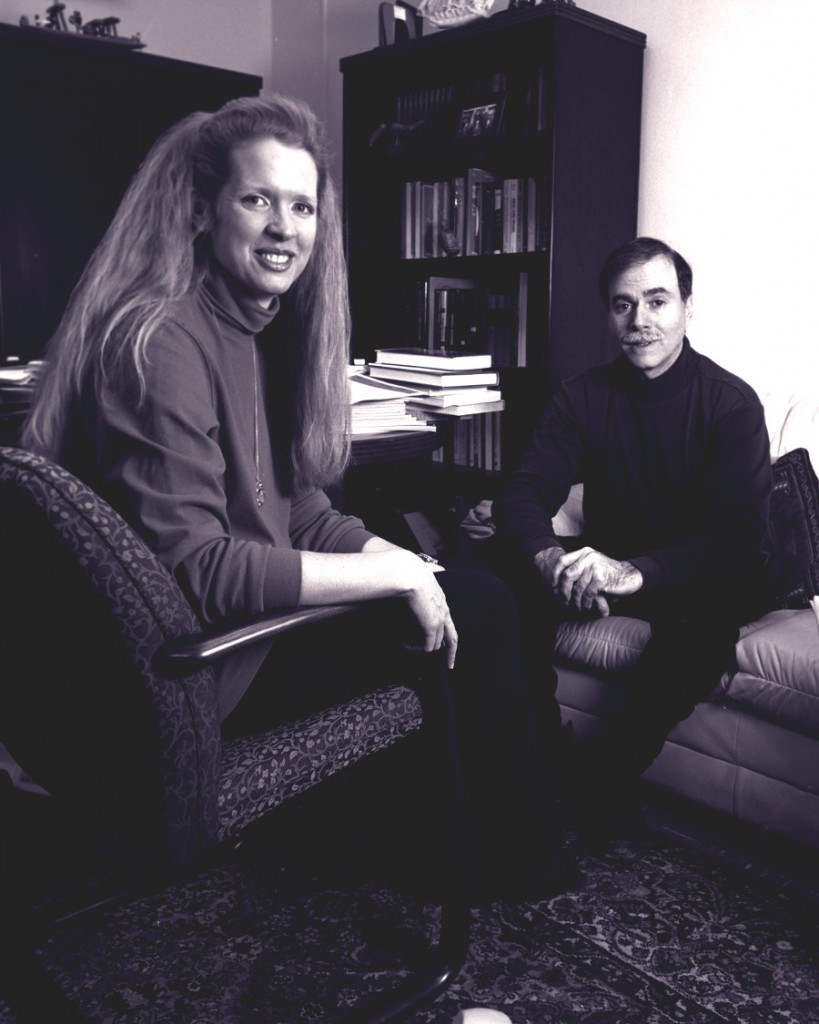Reprinted from the Cornell Chronicle, May 5, 2016

Marcos Moreno ’17 has received a 2016 Udall scholarship, which supports undergraduates with excellent academic records and who show potential for careers in environmental public policy, health care and tribal public policy.
Moreno, a human development major concentrating in neuroscience in the College of Human Ecology, was one of five health care scholars selected to receive the award. Overall, he was among the 60 candidates selected out of 482 candidates from 227 colleges and universities. The scholarship provides $7,000 for one year.
Moreno is a member of the Pascua Yaqui tribe, born and raised on the Pascua Yaqui reservation in southern Arizona. He is a pre-med student, studying neuroscience and American Indian studies, with extensive experience as a researcher.
He is currently working in two Cornell laboratories: the child development lab of Gary Evans, the Elizabeth Lee Vincent Professor in the Departments of Design and Environmental Analysis and of Human Development, and the integrative neuroethology lab of Alexander Ophir, assistant professor of psychology. Moreno has also been a part of a public health project for his tribe’s reservation in 2014, has participated in medical brigades in West Africa and has spent time volunteering in his tribe’s affiliate health clinics.
At Cornell, he is a resident adviser at Akwe:kon and a First in Class mobilizer with the Office of Academic Diversity Initiatives program to support first-generation students. He also volunteers as a tutor for Native American students from the Onondaga Nation at Lafayette Junior and Senior High School in Lafayette, New York.
Upon completion of medical school, he intends to return to his Arizona reservation as a primary care physician with a focus on the interconnections between physical and mental health.
The 2016 Udall Scholars will assemble August 9-14 in Tucson, Arizona, to meet one another and program alumni, learn more about the Udall legacy of public service and interact with community leaders in environmental fields, tribal health care and governance.
The Udall Foundation is an independent federal agency established by Congress to honor Congressman Morris K. Udall and Secretary of the Interior Stewart L. Udall. Its programs promote leadership, education, collaboration and conflict resolution in the areas of the environment, public lands, natural resources and Native nations.



























